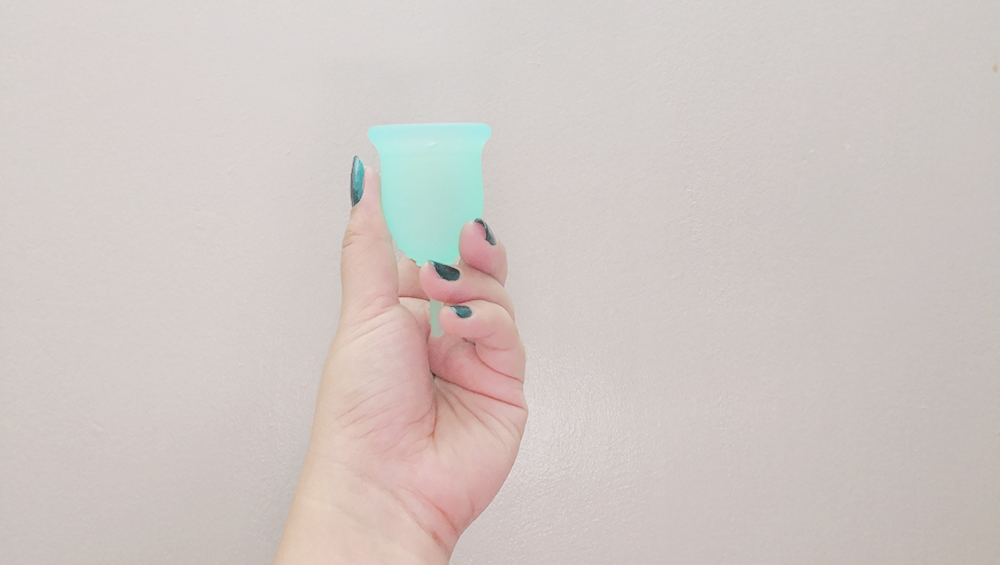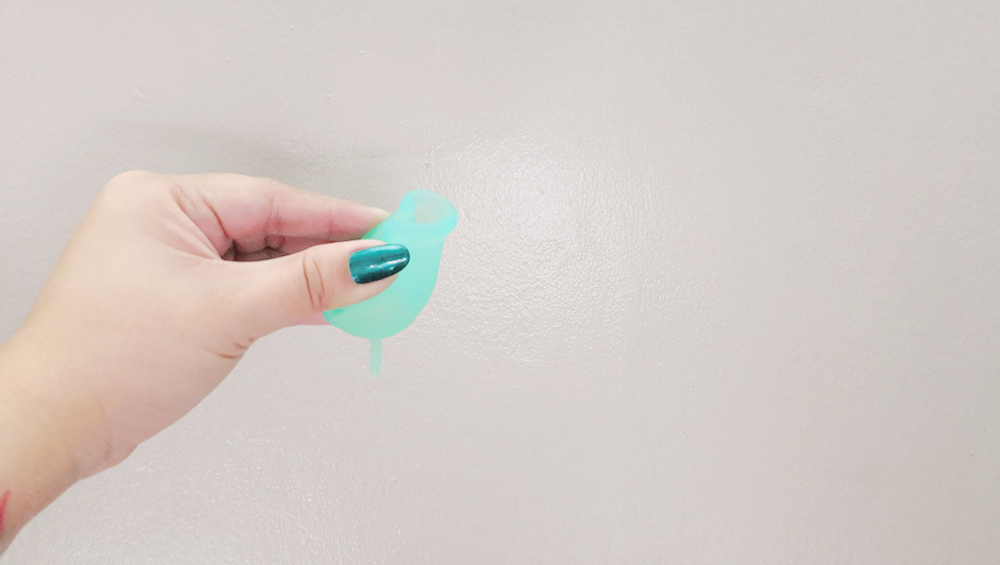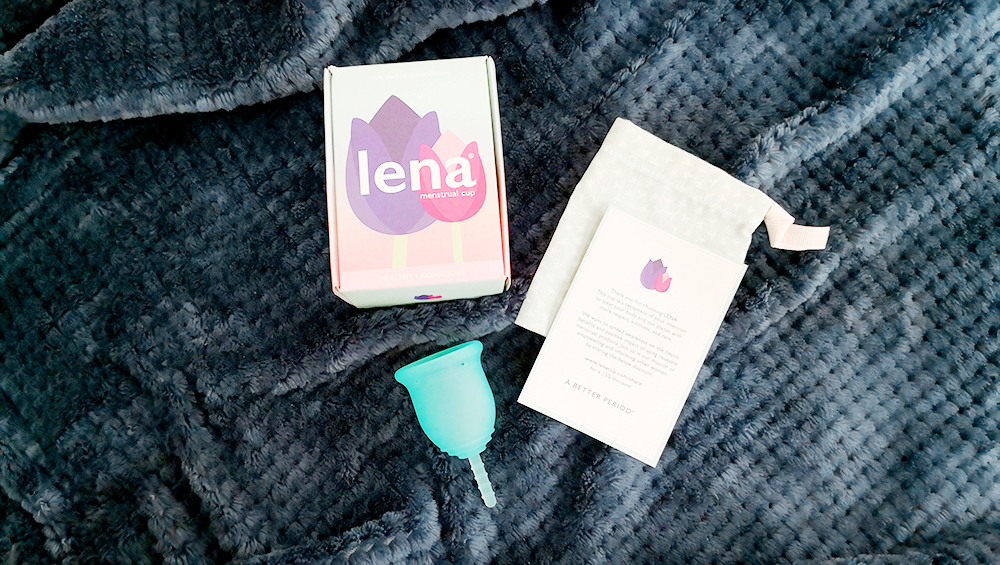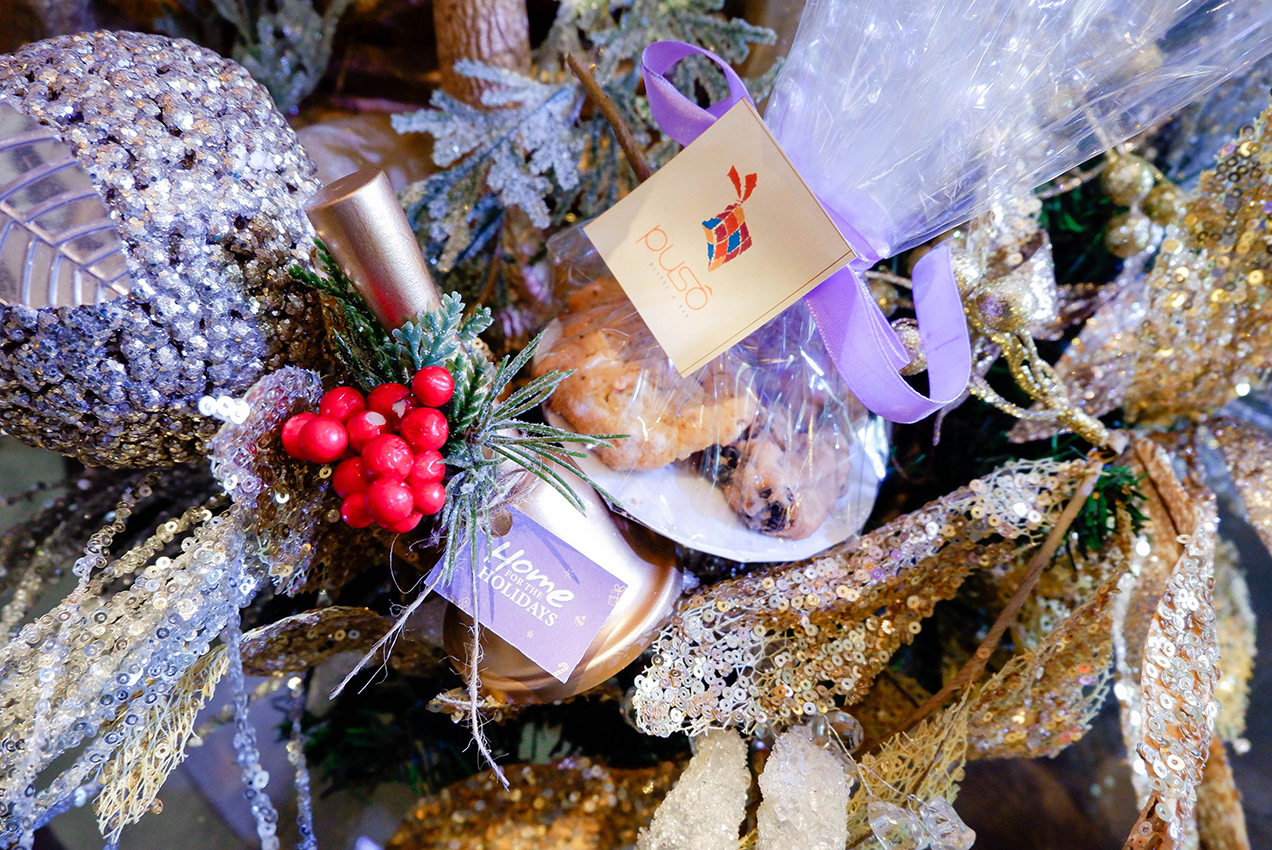No, I’m not talking about the punctuation mark—that one, I’m already quite fond of, following long and run-on sentences. By periods, I mean exactly what you’re thinking: That rather sexist phenomenon that occurs once a month (give or take) as a gory form of punishment for not having buns in the oven.
That period.
And yes, I did just say I had my best one ever. (Are you reading this, SunStar? My period deserves a Best of Cebu award.)
Truth be told, that’s a statement I never imagined myself making at all. As much as that one Kim Chiu commercial tried to convince me to “Have a happy period!”, I never viewed those monthly visits as pleasant—tolerable, sure, if I don’t get monster cramps along with them. They were inconvenient at most, considering the mess they left (“Did you murder anybody today?” “No, I’m just on my period.”). Don’t even get me started on the smell.
So how is it that, at the ripe ol’ age of 27 and having dealt with periods monthly for the past 15 years, I’m now suddenly changing my tune about my female body functions? Ladies and gentlemen who have not clicked away from this post so far, I introduce to you my new best friend, Lena.

Menstrual cups are fairly self-explanatory—feminine hygiene products shaped like a cup, designed to be inserted inside the vagina and collect the blood you shed on your period. They’re commonly made of medical-grade silicone, so they’re safe, non-toxic, and easy to clean.
Despite recent popularity, which I attribute to the zero-waste movement, menstrual cups have actually been around for a while. I’ve known of them for maybe four years now, it’s just that I never really plucked up the courage to try them out.
My main issue was that I thought it would be disgusting to have blood swirl around in a cup just like that, since I’m so used to see it absorbed through more common feminine hygiene products. In retrospect, I actually find that outlook a little foolish now—blood is blood, after all, and if I’ve survived more than a decade of seeing it through a pad or a tampons, I can deal with it in its purest form. Don’t get me wrong—it can still get as icky as that Neil Patrick Harris sex scene in Gone Girl, or a particularly sword-happy episode of Game of Thrones, but it’s a matter of getting used to, and actually learning more about your body.

I never really liked pads. My very first one caused itchiness, and while a simple switch of a brand remedied that, I would still get occasional rashes, especially since I tend to have long periods and needed to wear them for a week. There’s also the matter of sitting in what was basically a diaper of blood, which, gross.
Tampons were an improvement. With them I felt cleaner, I could go swimming… except I’d have to run to the nearest bathroom immediately afterwards and put in a new one. Over time, I started resenting that pesky little string and making sure it stays clean from the toilet seat, not to mention the other bodily functions happening in my nether regions. Changing every four-eight hours (lest I risk Toxic Shock Syndrome) was also becoming inconvenient, and I hated how much waste I went through, especially with the plastic applicators. In recent months, I’ve switched to cardboard applicators, which were a surprising improvement (I thought I’d hate them), but even those added up in my trash bin.
At this point, menstrual cups have become more popular, so I revisited the idea of using them. I dove into research (I pored over dozens of entries over at the menstrual_cups Livejournal community), and read personal experiences from women who made the switch (a post from my friend Kathryn Layno proved particularly convincing), and pestered her cousin Dr. Vida Redulla-Manapsal, who was making menstrual cups accessible to Filipinos through Bloom Body Shop, with endless questions. With her recommendation—taking into consideration my flow and my cervix height—I decided on a small Lena Cup in a cute turquoise color.

Inside the box (recyclable, and printed using organic ink!) came the cup, an instructional with common FAQs and diagrams, and a small pouch for storage. Even though I thought I was prepared with all my reading, using it for the first time was a struggle (more here). Once I got the hang of it, it was a total life-changer. Never have I felt better while on my period. No annoying strings, no skin irritation, no leaks, no smell, and no need to change it for 12 hours—heck, I’d forget I was even on my period because you don’t feel it at all. Also, no waste!
With the whole 12 hour period, I established a routine of emptying it out, rinsing, and inserting it again while I was in the shower. Plus, because it’s medical-grade silicone and doesn’t absorb the blood, you’re not in any danger of leaving it on a little longer than that, like if you get lazy and/or just want to go straight to bed (I certainly did some nights, because I was so comfortable). Just don’t be ridiculous and go beyond, like, a full day or something.

When you’re done with your cycle, all you have to do is sterilize it in boiling water, and put it in its pouch. The following month, before you use it for your period, just sterilize it again and you’re good to go.
At ₱1,800 for the Lena, my menstrual cup required a significant initial investment. When you think about it though, cups last you anywhere from one to 10 years, depending on the quality of the cup you got and how you take care of it. Even if you opt to replace it yearly, it will still be significantly cheaper than buying 12 months’ worth of your preferred feminine hygiene products, not to mention saving yourself frequent trips to the nearest Watson’s or the supermarket. There are cheaper options, of course, but consider quality—you wouldn’t want to stick something toxic inside your vagina, would you?
I really recommend making the switch, although I will say that I lucked out finding my Goldilocks cup on my first try. There are so many menstrual cups of varying shapes, sizes, and firmness for various needs, like if you have a heavier flow, or how deep your cervix is, or even whether you’ve given birth or not.
The key takeaway from this post is, if you do decide to try them out (and you should!), do your research and don’t get disheartened if the first one you get doesn’t work, or if it causes you discomfort. It’s a process of trial and error, but once you find the right one, you’ll see that it’s all worth it, and it’ll change how you see your periods—all for the better.
For Reference:
- Lena Cup’s Official Website
- Bloom Body Shop on Facebook
- Menstrual Cup FAQs by Dr. Vida Redulla-Manapsal
- Menstrual Cup Community on Livejournal
- Facebook Group of Menstrual Cup Users in the Philippines
Leave comments if you have questions! I’m no expert, but I can give you answers based on experiences, which is just as good. 😛




